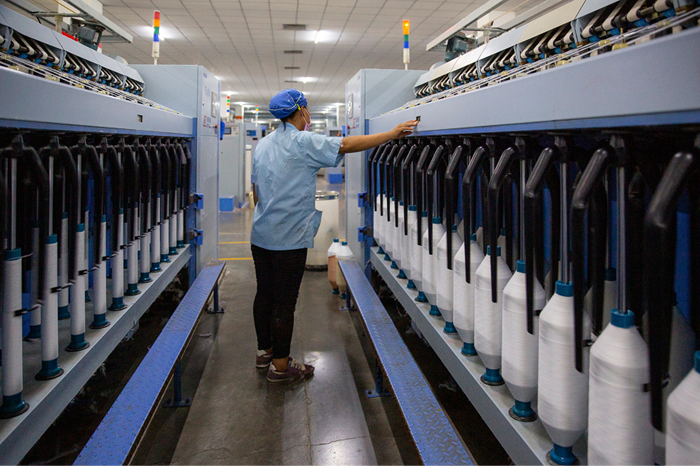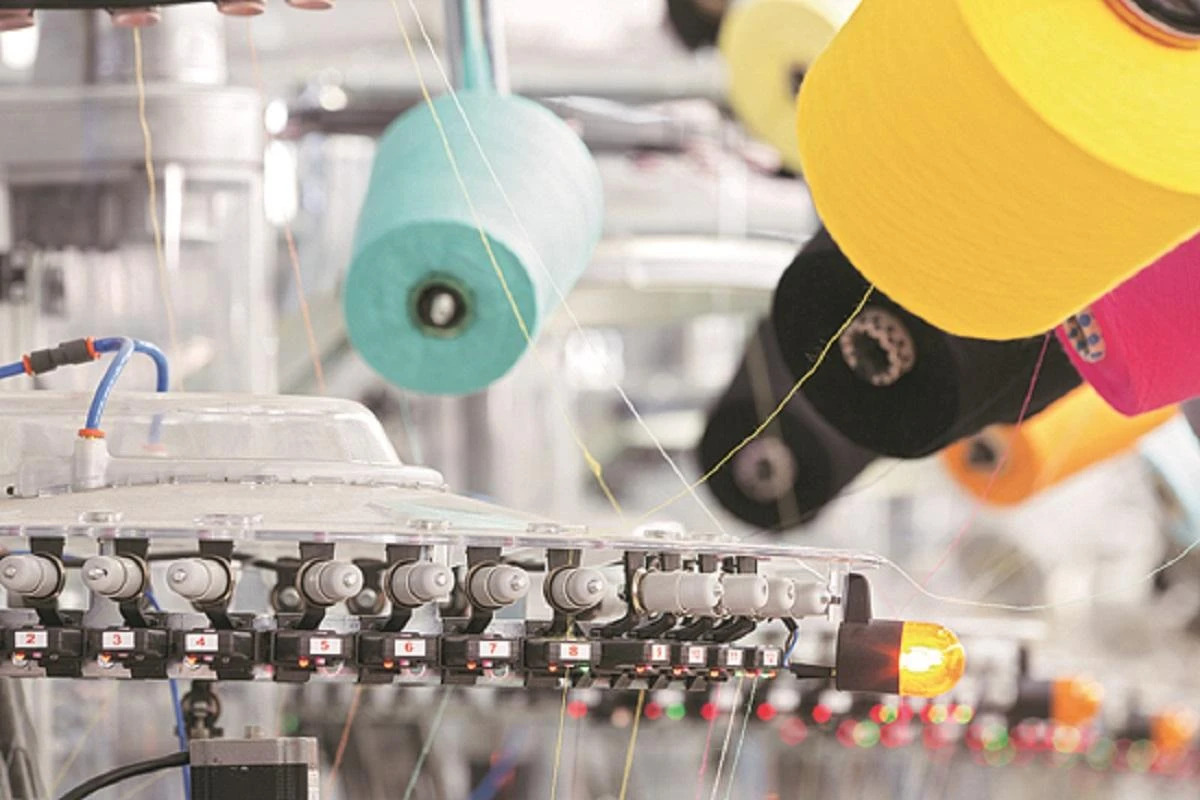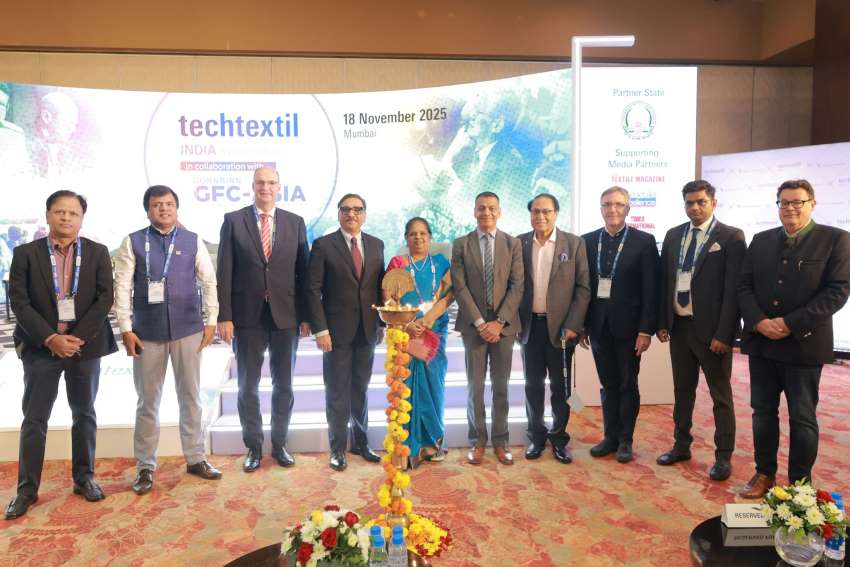"As Fashion Week unfolds on glittering runways, the city’s once-thriving garment manufacturing industry has little to celebrate. Many companies are struggling with rising rents and labor costs and outdated work spaces and losing business to overseas competitors who can make clothes more cheaply. Block after block of factories and showrooms have disappeared from the renowned garment district in Manhattan, replaced by technology, media and consulting companies that focus on the design and marketing side of the business, if they are even connected to fashion."
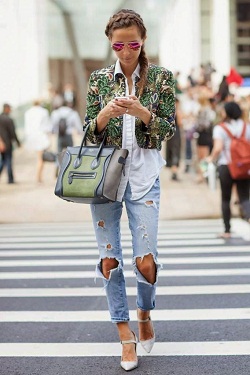
As Fashion Week unfolds on glittering runways, the city’s once-thriving garment manufacturing industry has little to celebrate. Many companies are struggling with rising rents and labor costs and outdated work spaces and losing business to overseas competitors who can make clothes more cheaply. Block after block of factories and showrooms have disappeared from the renowned garment district in Manhattan, replaced by technology, media and consulting companies that focus on the design and marketing side of the business, if they are even connected to fashion.
There were just 22,626 city residents age 16 and older making apparel, accessories and finished textile products in 2015, a small fraction of the peak of 323,669 workers in 1950, and less than half of the 59,049 workers in 2000, according to an analysis of census data by Queens College.
New lease of life
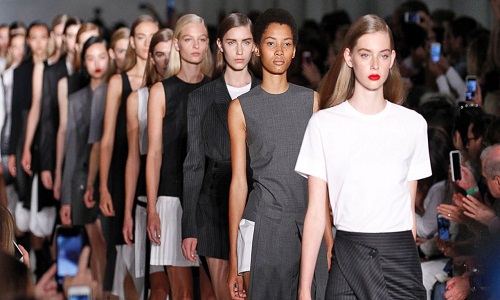
But now the troubled garment industry is getting a lifeline. New York City officials have stepped up efforts to create a new, modern garment district — this time in Sunset Park, where large industrial buildings, affordable rents and easy access to transit lines and parking have already attracted dozens of manufacturing companies. A $115-million renovation of the city-owned Brooklyn Army Terminal, a former military supply base, will expand manufacturing space there by 500,000 sq. ft. this fall.
City officials have partnered with the Council of Fashion Designers of America, a leading fashion industry group, to help companies across the city to modernise their manufacturing processes and workplaces. A joint program, the ‘Fashion Manufacturing Initiative’, has awarded $1.8 million in grants to 19 companies since 2014 to pay for technology like 3D printers to create accessories, pattern-making and fabric-cutting software that results in less wasted fabric, and equipment that combines the fabric cutting, embroidering and stitching into one step.
Made in New York campaign
A city-financed marketing and advertising campaign ‘Made in New York’ that promotes film and television productions and technology companies, has been expanded to highlight locally made fashions with advertisements on newsstands, bus shelters and in Women’s Wear Daily, a publication that covers the industry. According to Alicia Glen, Deputy Mayor, overseeing the city’s economic development, everybody thinks of fashion as all glitz, but this is a homegrown industry with everyday New Yorkers working behind the scenes. Fashion manufacturing generates employment for lakhs of families and it needs to grow. What’s ‘Made in New York’ is good for New York.
Currently, there are 1,568 garment manufacturing companies in the five boroughs. The largest concentration, 419 companies, remains clustered in or around the garment district, even as manufacturing space there has shrunk to 830,000 square feet from 1.1 mn sqft as recently as 2009.
Steven Kolb, Chief Executive, Council of Fashion Designers of America, says local garment manufacturers were as vital as ever to the city’s fashion industry. Local companies are often more willing to accept small orders and take chances on new designers than overseas manufacturers. They can also turn around clothes more quickly, and their proximity allows designers to monitor production more closely. Because the closer you are to production, the better it is. For many companies, the biggest hurdle is finding an affordable place. UZI has hopscotched from one home to another on the Lower East Side and in Brooklyn, moving each time the rent increased. Today, it makes about 600 dresses a month in a 900-square-foot studio in a walk-up building in Sunset Park. It is so cramped that fabrics have to be stored in another building three blocks away.
Malia Mills is a recent arrival in Sunset Park. Mills moved her company to an 11,000-sq. ft. loft in Industry City, a complex of redeveloped buildings, in 2014 after it outgrew its previous home in the garment district. Mills now has enough space for a fabric library and plans to add more sewing machines and equipment. With this expansion, allied industries are also planning to set foot in the city. The only challenge that needs to be answered is the land cost.



